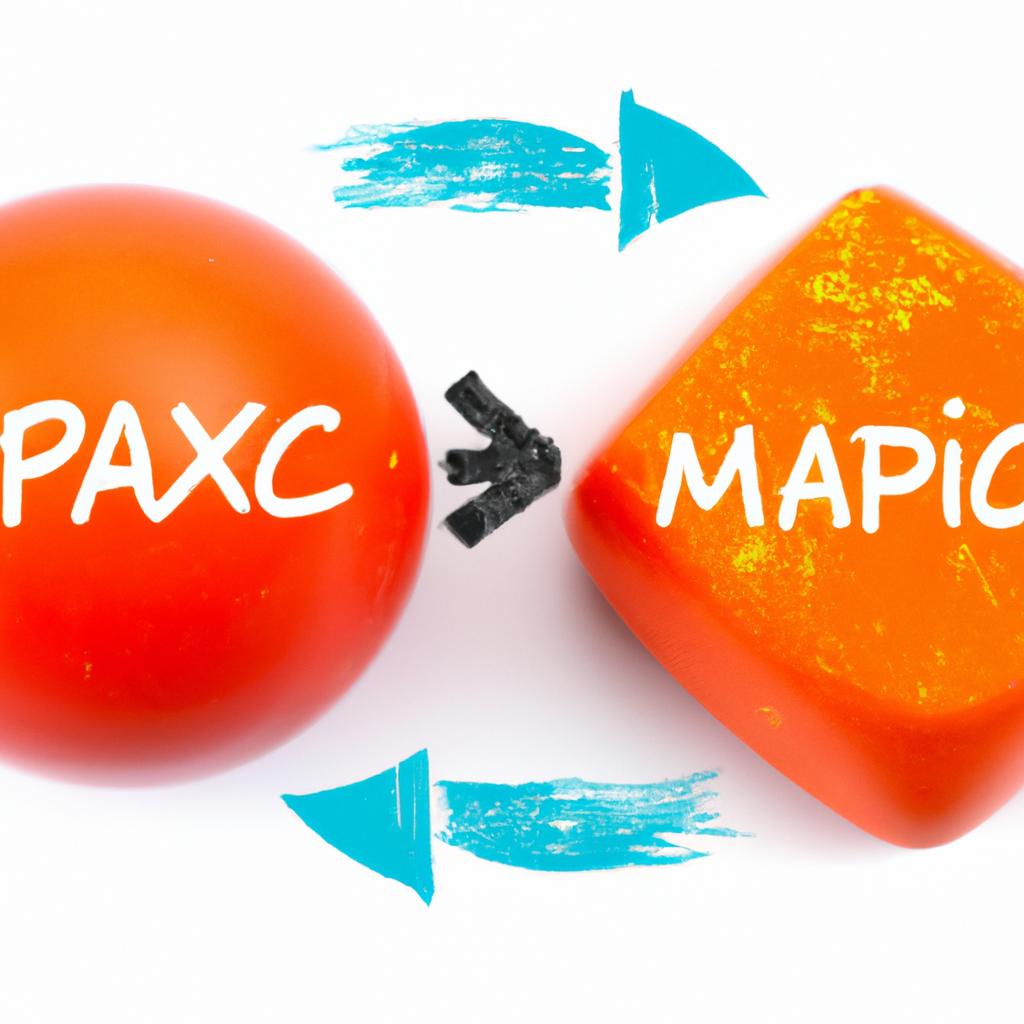In today’s crowded marketplace, the art of connecting with consumers extends beyond merely selling products; it is about unlocking the full potential of an audience. As brands navigate an ever-evolving digital landscape, understanding the nuances of effective shopping channels has become paramount for targeted advertising. This article delves into innovative strategies that can bridge the gap between businesses and their ideal customers, illuminating the pathways that lead to meaningful engagement and conversions. From social media platforms to search engines and beyond, we will explore how leveraging data-driven insights can refine advertising efforts, ensuring they resonate with the right audience at the right time. Join us on this journey to discover how to harness the power of effective shopping channels and transform your advertising approach into a dynamic conversation with consumers waiting to be engaged.
Exploring Diverse Shopping Channels to Enhance Audience Reach
In the modern shopping landscape, brands must embrace a myriad of channels to connect with their audiences effectively. From traditional brick-and-mortar stores to the evolving digital marketplace, each avenue presents unique opportunities to reach consumers where they are most comfortable. By diversifying shopping platforms, businesses can enhance visibility and adapt to varying consumer preferences. Consider leveraging the following channels:
- E-commerce Platforms: Utilizing giants like Amazon and eBay to reach wider audiences.
- Social Media Shops: Engaging users on platforms such as Instagram and Facebook, where visual appeal drives sales.
- Mobile Applications: Offering convenient shopping experiences through dedicated apps enhances user engagement.
- Pop-Up Stores: Creating temporary retail spaces to attract local customers and generate buzz.
To optimize reach, it’s essential to analyze and strategize each channel’s strengths. Utilizing analytics tools can help identify buyer behaviors across different platforms, enabling precise targeting. Below is a snapshot comparison of popular shopping channels and their key advantages:
| Shopping Channel | Key Advantage |
|---|---|
| E-commerce | Instant global reach |
| Social Media | High engagement potential |
| Mobile Apps | Personalized shopping experience |
| Pop-Up Stores | Real-time customer interaction |

Strategies for Tailoring Targeted Advertising to Consumer Behavior
To effectively tailor advertising efforts to consumer behavior, brands must first develop a deep understanding of their audience. Analyzing historical purchase data alongside real-time consumer engagement metrics allows marketers to identify trends and preferences. By segmenting their audience based on demographics, interests, and browsing habits, businesses can create personalized messages that resonate more strongly with each group. Here are some key strategies:
- Behavioral Targeting: Leverage data on past consumer actions to predict future behavior, enabling ads to showcase relevant products.
- Geographic Insights: Customize campaigns based on location, using local events or cultural references to enhance relatability.
- Dynamic Retargeting: Re-approach potential customers who have previously interacted with your brand by displaying ads for products they’ve viewed.
- Social Listening: Monitor social media platforms to grasp consumer sentiment and adapt advertising strategies accordingly.
Additionally, utilizing advanced tools and technology can provide insights that simplify the process of delivering targeted content. For example, integrating artificial intelligence can help identify optimal advertising channels by analyzing consumer interactions across platforms. Here’s a brief overview of effective shopping channels to leverage:
| Channel | Strengths | Best For |
|---|---|---|
| Social Media | Vast reach and engagement | Brand awareness and community building |
| Email Marketing | Direct communication | Personalized offers and updates |
| Search Engines | Intent-driven traffic | Product discovery and immediate purchase |
| Influencer Partnerships | Trust and influence over audiences | Brand advocacy and niche marketing |

Maximizing Impact: Best Practices for Effective Ad Placement Across Platforms
To make the most of your advertising dollars, **strategic placement** across various platforms is essential. Begin by identifying your target audience’s online habits, as this will guide where to allocate your ad spend most effectively. Consider utilizing data analytics tools to track user behavior, demographics, and preferences. This information can help you tailor your ads to specific conditions, ensuring they reach the right people at the right time. The core of successful ad placement lies in understanding which platforms align with your audience’s interests, allowing you to engage them authentically.
In addition to targeting, create **platform-specific** ad variations that resonate with each channel’s unique characteristics. For instance, visual content thrives on platforms like Instagram and Pinterest, while more in-depth messaging may perform better on LinkedIn or Facebook. Here are some best practices to keep in mind:
- Test and Iterate: Run A/B tests to determine which ads perform best.
- Align Messaging: Tailor your core message to fit the platform’s tone and style.
- Utilize Retargeting: Re-engage users who have previously interacted with your content.
- Monitor KPIs: Regularly assess key performance indicators to optimize your strategy.
| Platform | Ad Format | Best for |
|---|---|---|
| Carousel Ads | Visual storytelling | |
| Search Ads | Intent-driven leads | |
| Stories Ads | Engagement and brand awareness | |
| Sponsored Content | B2B marketing |
Concluding Remarks
As we draw the curtain on our exploration of effective shopping channels for targeted advertising, it becomes clear that unlocking audience potential is not merely about finding the right platforms—it’s about weaving a narrative that connects brands with consumers in meaningful ways. The digital landscape is rich with opportunities, yet the key to success lies in understanding your audience’s preferences and habits.
By harnessing data, leveraging innovative technologies, and embracing a multi-channel approach, marketers can unlock a treasure trove of insights that pave the way for more personalized and impactful advertising strategies. As you venture forth into this dynamic realm, remember that the ultimate goal is to foster genuine connections that resonate beyond mere transactions.
As you embark on this journey to enhance your targeted advertising efforts, keep in mind that each channel holds unique potential waiting to be tapped. Embrace the possibilities, stay agile, and let your creativity soar as you unlock the true power of your audience. The future of shopping—and advertising—is at your fingertips; it’s time to make your mark.

























